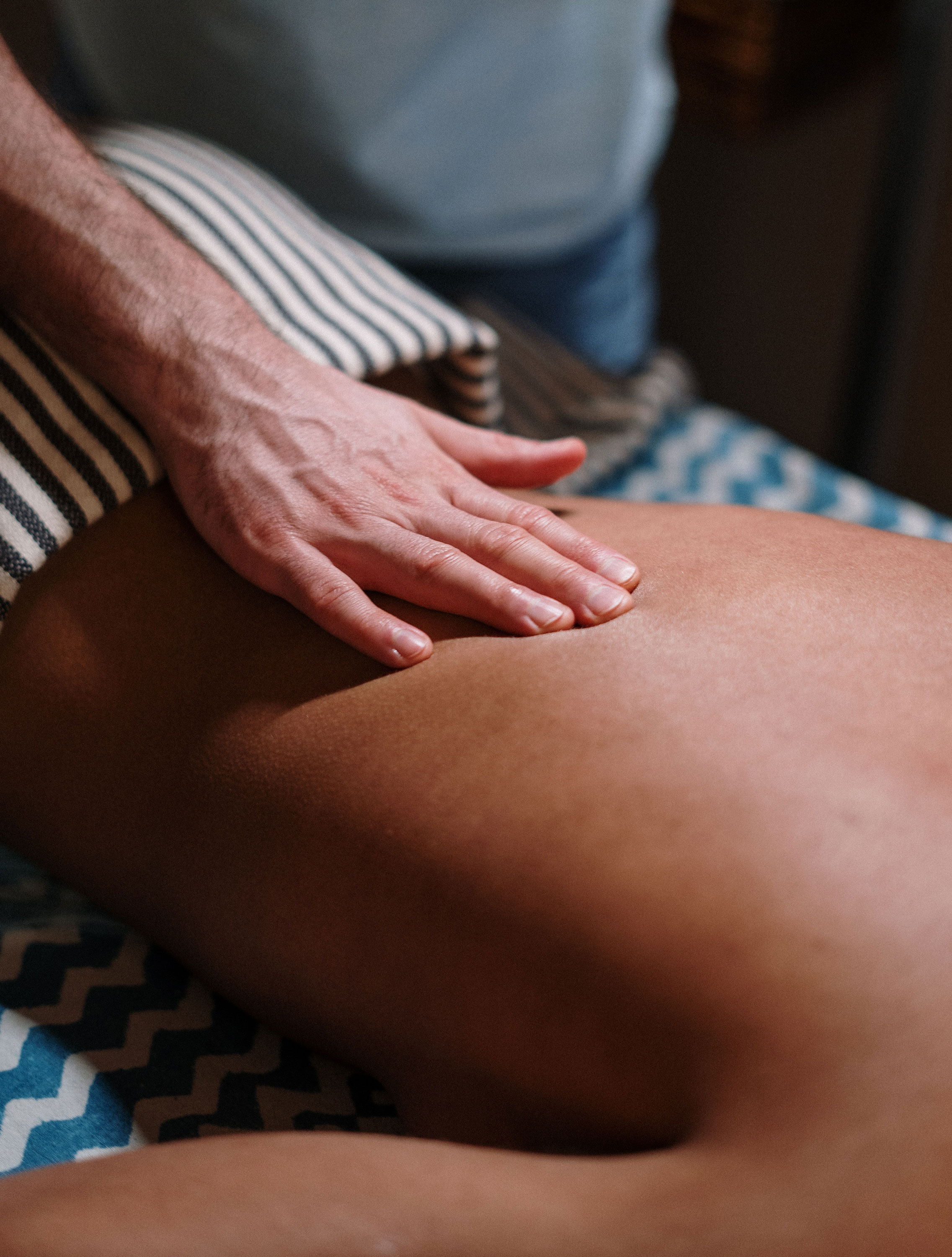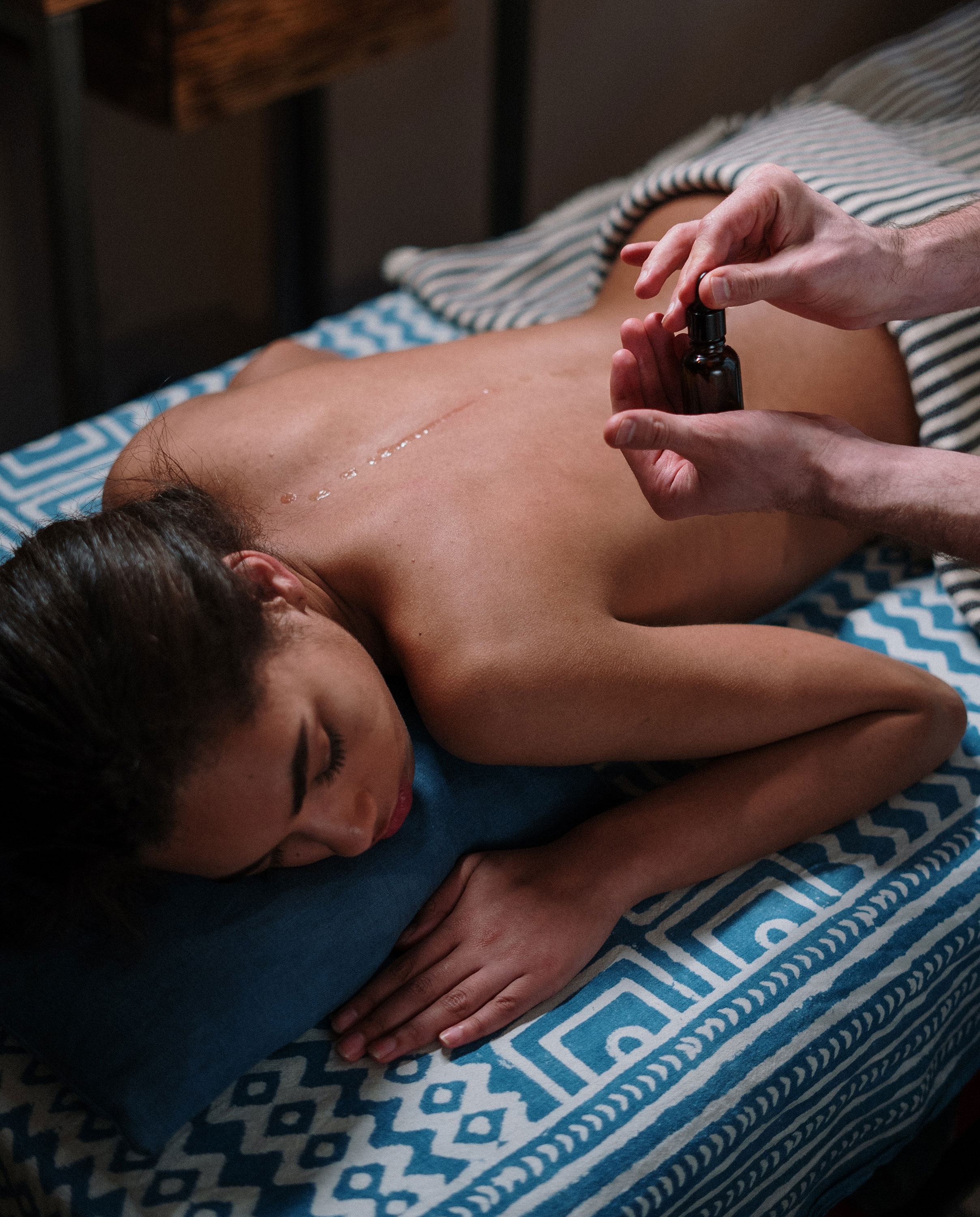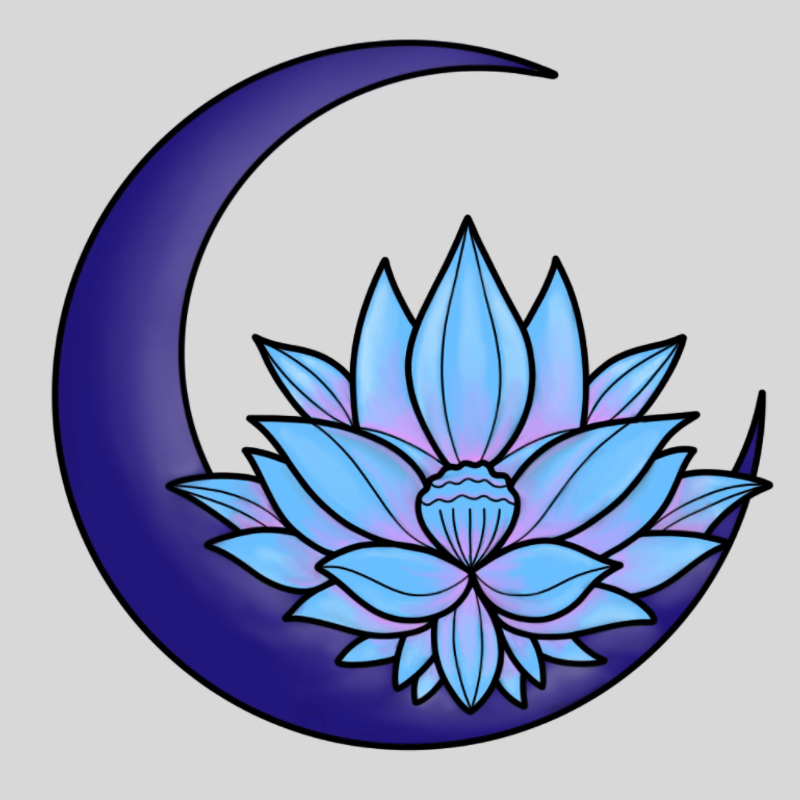Silent Massage Sanctuary: A Guide for Neurodivergent Folks
Enjoying the Quiet Massage: Non-Verbal Communication for Relaxation
A massage is a fantastic way to unwind and melt away stress. But what if you crave deep relaxation and prefer not to chat during your session? Can you still communicate effectively with your massage therapist? Absolutely! Here are some tips to ensure a relaxing massage experience where silence is golden, but communication still flows.
The Power of Body Language:
Your body is a powerful communication tool during a massage. Here's how to use it effectively:
Pressure Perfect: If the pressure feels too strong, tense up slightly or flinch away from the therapist's touch. Conversely, relax more deeply into the massage if the pressure feels good.
Facial Feedback: A furrowed brow or a grimace tells the therapist to ease off, while a relaxed smile communicates you're enjoying the pressure.
Breathe Easy: Shallow, rapid breaths can signal discomfort, while slow, deep breaths say "relaxation station." Pay attention to your breathing and let it be your guide.
Pre-Massage Communication:
A little planning goes a long way for a silent massage:
Pressure Chart Power: Some massage therapists provide a chart with different pressure levels. Circle your preferred pressure level before the massage begins, letting the chart do the talking.
Point System: Establish a simple point system with the therapist beforehand. One point for lighter pressure, two for medium, and three for deeper pressure. By holding up fingers, you can easily communicate your preference during the massage.
Mid-Massage Communication Hacks:
Silence doesn't have to mean a disconnect:
Traffic Light Touch: This simple method is easy to use. Use a palm-up gesture: open hand for lighter pressure, fist for deeper pressure, and thumbs up to maintain current pressure.
The Universal Knock: A gentle tap or knock on the massage table can be a universal signal to the therapist to adjust pressure or check in with you.
Relaxation Doesn't Have to Mean Silence:
A good massage therapist is attuned to your body language and will likely check in with you periodically. If you do feel comfortable speaking briefly, a simple "lighter" or "stronger" can be helpful.
The Bottom Line:
The key is to find a communication method that feels comfortable for you. Don't hesitate to discuss these options with your massage therapist beforehand. By understanding your preferences, they can tailor the experience to your silent communication style, ensuring a deeply relaxing and enjoyable massage. So, breathe deeply, embrace the quiet, and let your body speak volumes for a massage experience that leaves you feeling truly rejuvenated.



